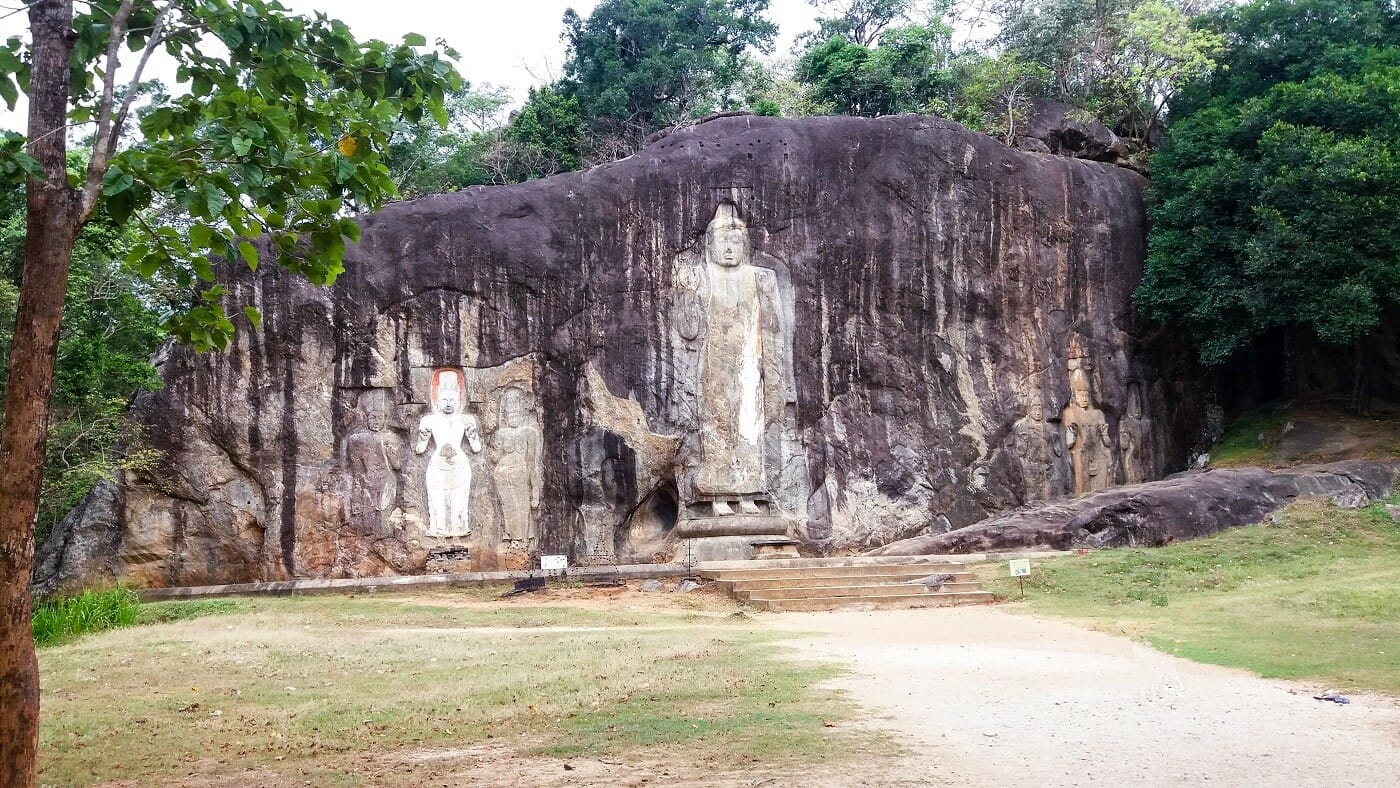Is Calling "Eternal Self" Wrong ?
Abstract: We have already analyzed the concepts of Self and No-Self in religious and spiritual contexts. The conclusion was, these two were same in spiritual context, despite their different names. However there is a confusion related to "Self Realization", considering the "Self" to be an eternal substance. This is not the case with No-Self concept, as the only possibility in that teaching is change or impermanence. Why these are contradictory points ? Is the "Self" eternal ? This article evaluates these statements, and brings some light to the topic.
In certain religious traditions, even in Vedic traditions, we find the term "eternal self". The literal meaning of the term "eternal" is everlasting, forever. Or even "very long time". We learnt that, so called "self" realization is none other than finding our original source within. Which source is it ? We learnt that deeper we go within ourselves, the more empty we become. Therefore more non-dual. Starting from the first no-mind state, we go through several clear-light stages (moon like), sun-like stages, great darkness, and finally the fundamental energy of the universe. In African or Egyptian spiritual line, the fundamental energy was referred to as the most high god. So the question here; is the fundamental energy eternal ? Does it stay forever ?
Suppose that a Yogi from East or West enters into this great empty state of mind. This means he is free from both body-mind identifications, no dualistic sense to it at all. Then how does he feel this state to be eternal ? The feeling of eternity goes side by side with its opposite polarity, change. In a non-dual state, a polarity cannot exist. Especially when the mind disappears ! The only possible way to define this state is to come back to the normal consciousness and explain it as bliss, tranquility or content. But instead this Yogi compares his limited mind-body experience during the normal consciousness to the state where he was in meditation. Limited vs Infinite. Limited vs Eternal. Sounds logical, doesn't it ? In this way he presented his own perspective, on his own right. In a dualistic manner though. However that great empty nature never fits into any dualistic interpretation.
Moreover after the death of such a higher order yogi, his consciousness simply merges with the universal energies. You can read about it here. There is no individuality or any self nature to grasp after this merging. Then to a non-existing person, eternity cannot logically exist. But in the third person perspective we see it as such. Ahh, the Yogi became eternal ! If the Yogi becomes something, then it should be real to the Yogi's perspective too. Should be real to the Yogi himself. This is not the case here !! Apparently that's why Buddha coined this term Nirvana.
Are These States Everlasting ?
The first impression we get is "yes". They sound like eternal. Why ? These energy states create us. When we have the notion of creation, we tend to believe that the entity behind this creation to be eternal. But here we learnt that the entire creation process is there due to the equilibrium of several energy states. This equilibrium naturally brings a cyclic inter-dependent nature to the system. Therefore the fundamental energy cannot stay independently without its preceding as well as the succeeding states. Moreover this cyclic nature comes to an end after some point in the timeline (Yogi knows this by his intuition) and goes back to its dormant state later. However we have no idea when this happens and till that, the higher energies exist in this creation (for long enough to call it eternal?) !
The Issue with the Verbal Expression
As the saying goes, the absolute truth can never be expressed in words. Whatever we experience in emptiness, no-mind states can never be expressed in dualistic verbal communication. The final and absolute teaching of spirituality is always non-verbal.
We know how Gauthama Buddha transferred this teaching to his closest disciple, Maha Kassapa. The incident is known as the flower sermon. This is the direct transmission of Dharmakaya to the disciple. A true transmission has both of the following components (the picture speaks itself):
Fig.1: Gautham Buddha with Bodhisattva Avalokiteshvara and Manjusri (Buduruwagala, Sri Lanka)
Jesus said, we don’t need to ask God to move the mountain — we can move it ourselves. He taught his followers to transmit healing and awakening energy to others (Luke 9:2). This is the highest teaching, one can offer to the human kind !
Similarly Paramahansa Ramakrishna showed his final Darshan to his bone-marrow like disciple, Vivekananda.
After several years of his great service, master Jayasuriya (before his last few months) started silent teachings. At the beginning of this phase some of his disciples were questioning why he was silent throughout the sermon, while only the advanced disciples at the frontline were really receptive to it. Much later in this phase, many adepts were able to witness what it is like to be in the presence of a real master.




.png)
Comments
Post a Comment